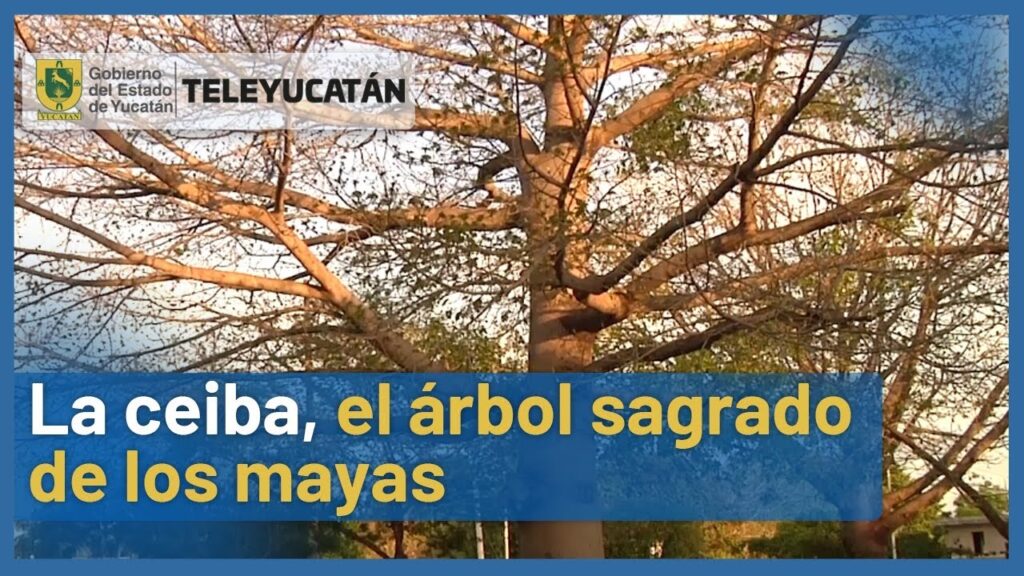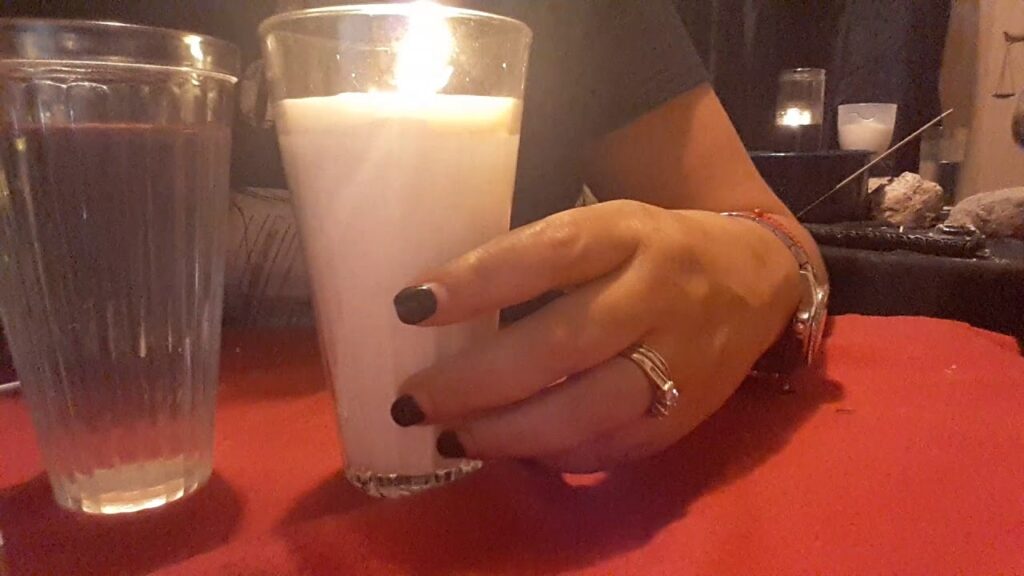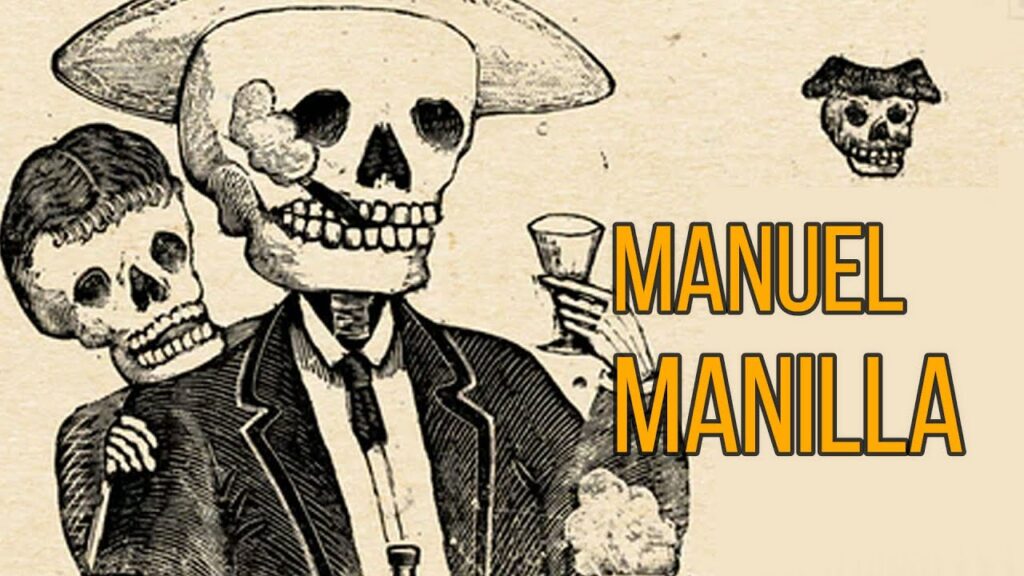Discover the Ceiba: The Sacred Maya Tree
The Ceiba tree, also known as the “Tree of Life”, holds a significant place in Mayan cosmology. To the ancient Maya, it was more than just a plant; it was a sacred embodiment that connected the heavens, the earth, and the underworld. The tree’s towering height and broad, buttressed roots inspired the belief that the ceiba served as a cosmic axis upon which the world was balanced. As travelers in Mexico, we are offered a unique opportunity to witness these magnificent specimens, which continue to be venerated by modern Maya communities.
In association with its spiritual importance, the Ceiba is often found in the center of Mayan villages, purposely planted as a reminder of the interconnectedness between the natural world and spiritual health. Folklore suggests that each ceiba tree hosts an ‘Ahau’, a protective spirit, that watches over the inhabitants and ensures harmony. Intrepid adventurers seeking to connect with Maya heritage can often find locals eager to share stories passed down over generations concerning this awe-inspiring tree.
Botanically speaking, the Ceiba pentandra is a wonder in its own right. It can grow to an astonishing height of over 70 meters and can live for centuries. The tree’s majestic canopy provides a habitat for a myriad of wildlife, while its smooth, thornless bark stands in contrast to the typical ruggedness of jungle flora. Birdwatchers, especially, can revel in the tree’s appeal as it attracts toucans, parrots, and numerous bird species that make their homes amidst its branches.
For those who seek adventure and enlightenment in the wilds of Mexico, the Ceiba tree offers a unique doorway to the past. It’s not just about admiring its impressive stature or ecological significance; to stand beneath a Ceiba is to be enveloped in the living breath of Maya mythology. As you look up through the dense network of branches reaching toward the sky, it’s easy to understand why the ancient Mayas considered it a bridge between worlds, and why it remains a sacred symbol of life’s continuity.
The Ceiba Tree: Symbolizing the Connection of Sky, Earth, and Underworld
In the heart of Mexico, the majestic Ceiba tree stands as a sacred symbol amongst the indigenous cultures, such as the Maya. Known as ‘Yaxche’ in the Mayan language, it represents not just a tree, but an entire cosmological system, connecting the sky above, the earth we walk on, and the mysterious underworld beneath. To these ancient civilizations, the Ceiba tree was a conduit of spiritual energy and a vehicle through which the gods communicated their will to the mortal world.
The tree’s towering height and broad branches were seen as reaching for the heavens, making it a living embodiment of strength and aspiration. The canopy of the Ceiba, often teeming with life, was associated with the celestial realm—the domain of the sky deities. It was under the protective spread of this ‘World Tree’ that rituals and ceremonies would frequently take place, further deepening its cultural significance.
Beneath the surface, the extensive root system of the Ceiba tree penetrates deep into the earth, anchoring it firmly into the ground beneath. These roots were thought to extend all the way down to the underworld, or ‘Xibalba’ as referred by the Maya, providing a pathway for the spirits and deities to travel between worlds. This connection accentuated the Ceiba’s role as a symbol of unity, linking all layers of existence into one cohesive universe.
Over centuries, the Ceiba tree has witnessed the ebb and flow of time, surviving as a powerful witness to history and tradition. Today, its presence in Mexico continues to be a source of inspiration and reverence, a reminder of an ancient world where nature and the divine were inseparably intertwined. The Ceiba remains a beloved emblem, symbolizing the eternal connection between the sky, the earth, and the underworld—a bridge across the cosmos.
Exploring the Spiritual Significance of the Ceiba in Mayan Culture
The ceiba tree, or ‘Yaxché’ in the Mayan language, stands as a sacred symbol of life, interconnectedness, and the universe itself in Mayan cosmology. Often referred to as the ‘World Tree’ or ‘Tree of Life’, its roots, trunk, and branches are believed to connect the underworld, the earthly realm, and the heavens, respectively. This grandiose tree is more than just flora within the Mayan landscape; it is a spiritual beacon that reveals the intricate relations between the cosmos, gods, and the cycle of life and death.
At the heart of many Mayan creation myths, the ceiba tree is revered for its immense size and longevity, representing the eternal nature of the soul. Mayans believed that the ceiba’s roots extended deep into the underworld, allowing communication with the ancestors and the gods of death. This connection provided the community with a direct link to their departed loved ones, ensuring that the wisdom of the past generations was never out of reach.
The sturdy trunk of the ceiba epitomizes the tangible present – the world of the living. It is in this space that the Mayans performed their day-to-day activities with respect and consciousness of the living tree that sustained them. The ceiba was often found at the center of their cities, symbolically positioning it as the axis mundi, the center of the world. This location underscores its significance as the physical and spiritual hub of the Mayan civilization.
Rising towards the sky, filled with the whispers of the leaves, the branches of the ceiba reach into the celestial realm. These upper reaches were deemed the home of the higher gods, the creators, and the forces of good influencing the world below. The Mayans would often look towards the ceiba’s canopy as a source of inspiration, guidance, and a reminder of the divine watchfulness of their deities.
The reverence of the ceiba tree is persistent throughout Mayan rituals and ceremonies to this day. From prayers to offerings, the ceiba continues to hold a place of honor in contemporary Mayan communities, serving as a living bridge between the past and the present. The spiritual legacy of the ceiba tree illustrates the profound depth of Mayan culture and its harmonious relationship with the natural world.
Visiting the Mighty Ceiba: A Journey into Mayan Mythology
Mexico, a land brimming with vibrant culture and stunning landscapes, offers a unique adventure into the ancient world of the Mayans, particularly through the awe-inspiring presence of the Ceiba tree. Venerated by the Mayans, the Ceiba was considered the tree of life, connecting the underworld, the terrestrial realm, and the skies in its massive embrace. Today, travelers can wander under its sprawling canopies and marvel at its towering stature, as they delve deep into the rich tapestry of Mayan mythology.
According to Mayan belief, the Ceiba tree served as a sacred conduit, connecting the three layers of existence: the heavens, earth, and the underworld. This symbolism reveals the Mayans’ deep understanding of and respect for nature’s intricate balance. Visiting these grand trees offers more than a visual treat; it is an opportunity to immerse oneself in a profound spiritual legacy. The colossal roots that plunge into the earth and the branches that stretch towards the celestial realm echo the civilization’s aspiration for cosmic harmony.
As you journey through Mexico’s lush landscapes in search of the magnificent Ceiba, you will find that each tree tells a different story. They stand as silent witnesses to centuries of history, from the era of the Mayans to the present day. In the midst of the bustling modernity, the Ceiba remains a symbol of resiliency and continuity, reminding us of an ancient culture that once flourished under the Mexican sun. This is not just a journey through the vast greenery; it is a pilgrimage back in time, to the heart of Mayan mythology.



